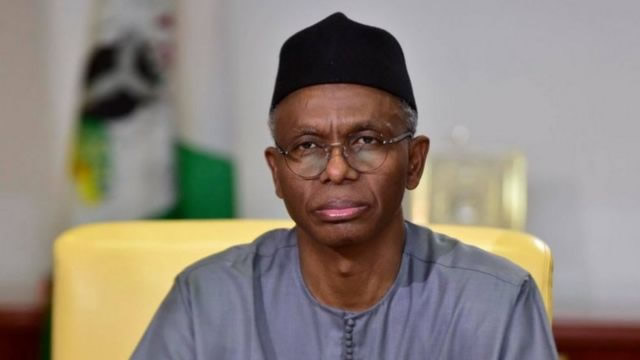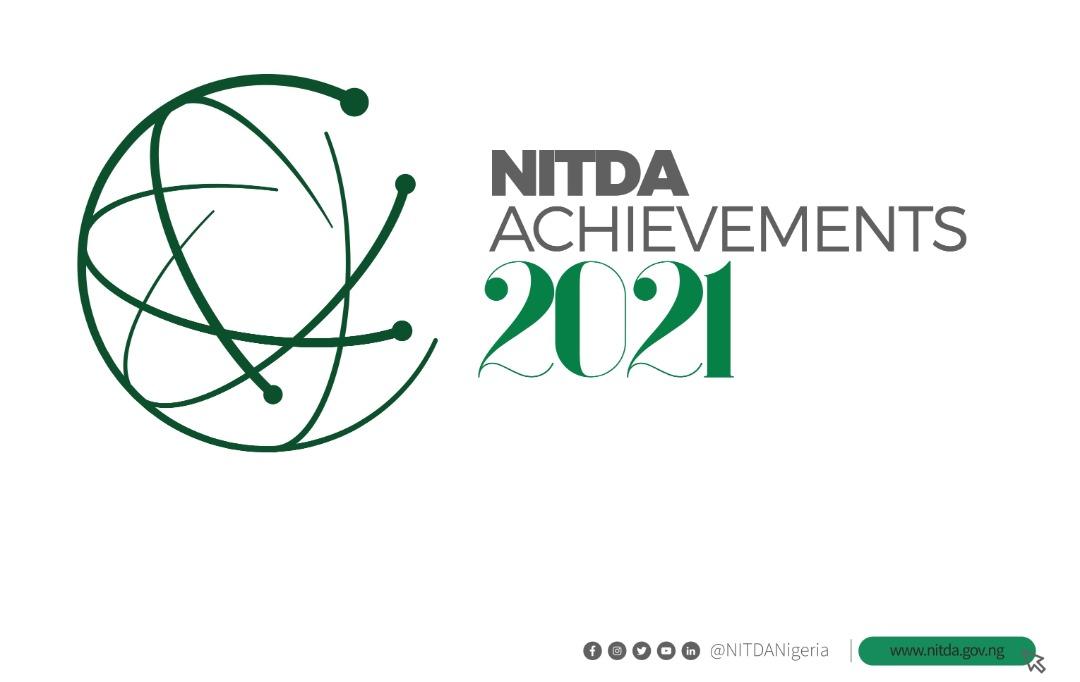Nigeria’s total public debt stock rose to ₦152.40 trillion as of June 30, 2025, according to new data released by the Debt Management Office (DMO) on Saturday.
The figure represents a ₦3.01 trillion increase from ₦149.39 trillion recorded at the end of March, marking a 2.01 per cent rise within three months. In dollar terms, the debt profile climbed from $97.24 billion to $99.66 billion, a 2.49 per cent increase.
The DMO attributed the growth to additional domestic borrowings and disbursements from existing multilateral and bilateral facilities. The figures highlight the government’s continued reliance on debt to bridge fiscal gaps amid ongoing reforms in revenue mobilisation and foreign exchange management.
Nigeria’s external debt stood at $46.98 billion (₦71.85 trillion) in June, up from $45.98 billion (₦70.63 trillion) in March.
The World Bank remains the country’s largest external creditor, with $18.04 billion, accounting for about 38 per cent of total external obligations.
Other multilateral partners, including the African Development Bank, IMF, and Islamic Development Bank, jointly hold $23.19 billion, or 49.4 per cent of the external portfolio.
Bilateral loans totalled $6.20 billion, led by the China Exim Bank with $4.91 billion, while Eurobond borrowings amounted to $17.32 billion, representing 36.9 per cent of external debt.
On the domestic front, debt rose from ₦78.76 trillion to ₦80.55 trillion.
Federal Government bonds made up ₦60.65 trillion of the total, alongside ₦12.76 trillion in Treasury bills and ₦1.29 trillion in Sukuk bonds.
The DMO report also showed that the Federal Government accounts for ₦141.08 trillion (92.6%) of the total debt, while states and the Federal Capital Territory owe ₦11.32 trillion (7.4%).
While the DMO insists the debt remains within sustainable limits, the country’s rising interest burden and exchange-rate risks could pressure future budgets and limit fiscal flexibility.




























